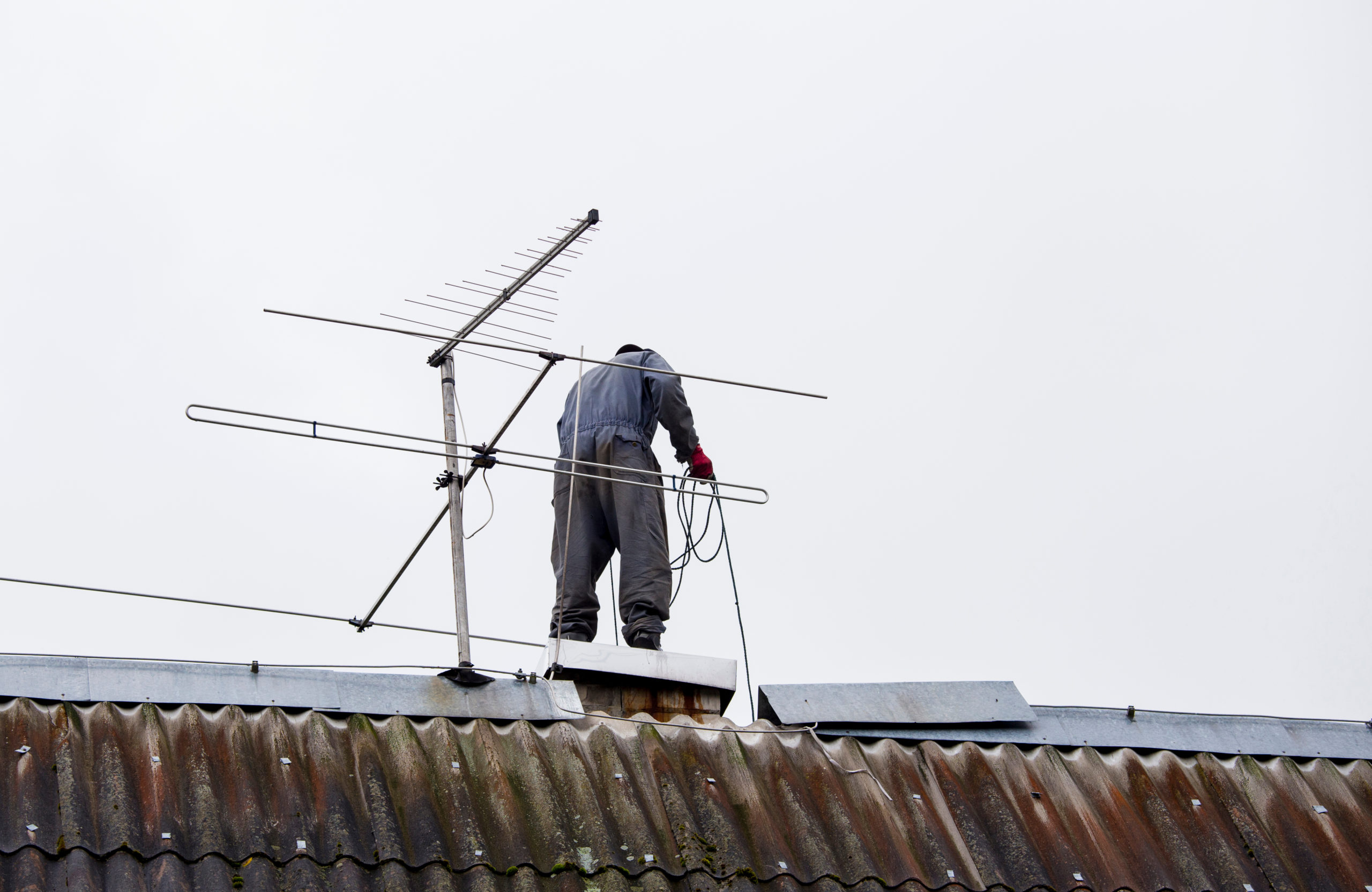A leaky chimney can be a frustrating issue. Chimney leakage problems can cause water damage to your home, trigger mold growth, create safety and health hazards, and lead to expensive repairs further down the road. For these reasons, it is crucial to have the necessary repairs done as soon as you notice your chimney leaking water.
To successfully fix your chimney, you need to identify the source of the leak and know how to address the problem. For the best results, work with knowledgeable and experienced chimney professionals. That way, you can enjoy the peace of mind of knowing the job is done right.
Here’s a detailed guide to prevention and repair.
Understanding How Water Enters Chimneys
Generally, a well-maintained chimney should prevent water from entering your home.
Suppose you suspect you have a chimney leak. In that case, you will want to understand how water enters the chimney and find a lasting solution to the problem.
Common Entry Points for Water
There are many places your chimney could be leaking from. However, when investigating a leak, focus on the following potential spots.
- Open or damaged chimney damper: When the cover on top of your chimney is missing, loose, or damaged, rain and snow can enter your space through the gaps.
- Faulty flashing: Chimney flashing failure may occur due to improper installation, exposure to the elements, and normal wear and tear. This will create an entryway for water, resulting in leaks.
- Damaged chimney crown: When the concrete slab on top of your chimney develops cracks, water can go right through those cracks.
- Masonry damage: A deteriorating flue liner, worn-out brick and mortar joints, and other types of masonry damage will not only cause leaks but also compromise your chimney’s structural integrity.
- Chimney condensation: Inadequate ventilation can cause condensation, resulting in the excess moisture running down the chimney walls as water droplets.
Effects of Weather and Structural Weaknesses
Chimneys are vulnerable to leaks. However, extreme weather and structural weaknesses can cause a wide range of problems or worsen existing problems. For instance, strong winds, heavy rainfall, lightning strikes, snow, and sun exposure can dislodge the chimney cap, cause or expand cracks in the masonry, contribute to flashing damage, and loosen flashing.
Similarly, structural problems such as cracks and gaps, leaning or tilting chimneys, chimney settlement, and water damage can cause physical damage and create entryways through which water can seep through.
Identifying Signs of Water Damage
A leaky chimney can manifest itself in many different ways. When water bypasses the liner of your chimney and finds its way into your space, it can lead to water damage. Identifying the signs of water damage will help you detect potential leaks so you can contact a professional for repairs.
Visible Signs Inside and Outside the Chimney
Even a tiny amount of chimney moisture can cause significant damage to your home. When water leaks into your home, visible signs may be inside and outside the chimney. The most common signs include:
- Visible leaks on the walls or ceilings around the chimney;
- Sounds of dripping water in the chimney;
- Warped, stained, or discolored walls and ceilings near the chimney;
- The fireplace is leaking water, which may lead to dampness or a puddle of water at the base of your fireplace;
- Strong, musty odor coming from the fireplace or attic, especially after a downpour;
- Mold growth inside or outside your home, particularly near the chimney;
- Efflorescence on the chimney bricks;
- Deteriorated flue lining system and mortar joints;
- Rust spots or decay of the chimney’s metal components like fireplace doors, frames, vent pipes, and damper.
Long-Term Consequences of Untreated Water Damage
If you discover water damage in your chimney, take immediate steps to mitigate the damage. Untreated water damage is dangerous to both your home and your health. The long-term consequences include:
Cosmetic concerns: Water damage can lead to discolored walls and ceilings, peeling and bubbling paint, unsightly mold, and warped wood flooring—which could affect the appearance of your home.
Rampant mold and mildew growth: Excess moisture creates the perfect environment for mold growth. Mold outbreaks can cause allergies, respiratory problems, and other health issues.
Structural damage: Long-term water damage can cause wood damage, corrode metal components, destroy ceilings and walls, and cause foundation support issues.
Electrical, plumbing, and HVAC system breakdowns: Water that leaks and comes into contact with electrical wiring, pipes, and appliances may cause system breakdowns and create dangerous hazards.
Damage to personal belongings: Prolonged exposure to moisture may damage personal belongings like electronics, furniture, important documents, and other valuables.
Loss of property value: Unabated water damage can adversely affect the valuation of your property. Which, in turn, impacts your long-term investment and costs you money in terms of repairs.
Preventive Measures and Solutions
When it comes to chimney leaks, prevention is better than cure. Taking preventive measures will help protect your property from damage, keep your family safe, and enjoy the warmth and comfort of your home. Below are a few things you can do.
Regular Inspections and Maintenance
To avoid chimney leaks, ensure you get your chimney inspected at least once a year by a certified professional. Part of this will involve checking the chimney crown, masonry, and flashing for damage. Also, remember to purchase and install a good chimney cap and inspect, repair, or replace your damper when necessary.
In addition to having your chimney inspected, keep up with annual maintenance. Important maintenance tasks include:
- Regular chimney cleaning. For the best results, request reliable Baton Rouge chimney sweep services
- Cleaning gutters and downspouts
- Monitoring humidity levels to address moisture buildup in the chimney
Waterproofing and Structural Repairs
If your chimney is constantly leaking, consider waterproofing it. When professionally applied, a waterproofing sealant will act as an effective barrier, preventing water from seeping into your home. Two important areas to focus on when waterproofing are the cement crown and the chimney bricks.
Structural repairs can help to prevent water from coming down the chimney, effectively ensuring the safety and longevity of your home. Depending on the source of the leak, you can:
- Install watertight flashing
- Install a chimney liner
- Repair any existing mortar cracks
- Address structural problems such as damaged materials, chimney settlement, leaning or tilting
Schedule Professional Chimney Services with SootServ
Professional chimney services can help to keep your home clean and safe. For premium-quality services, look no further than SootServ. We are a locally owned and operated business serving clients in and around Baton Rouge. Our services include chimney inspection, sweeping, installation, and repair. Our specialists have an in-depth understanding of chimneys and are committed to providing high-quality services to make your home safe.
For more information or to schedule professional chimney services with SootServ, call the service number 225-228-4654 or complete the contact form on our website. You can rely on us for all your chimney cleaning needs!



